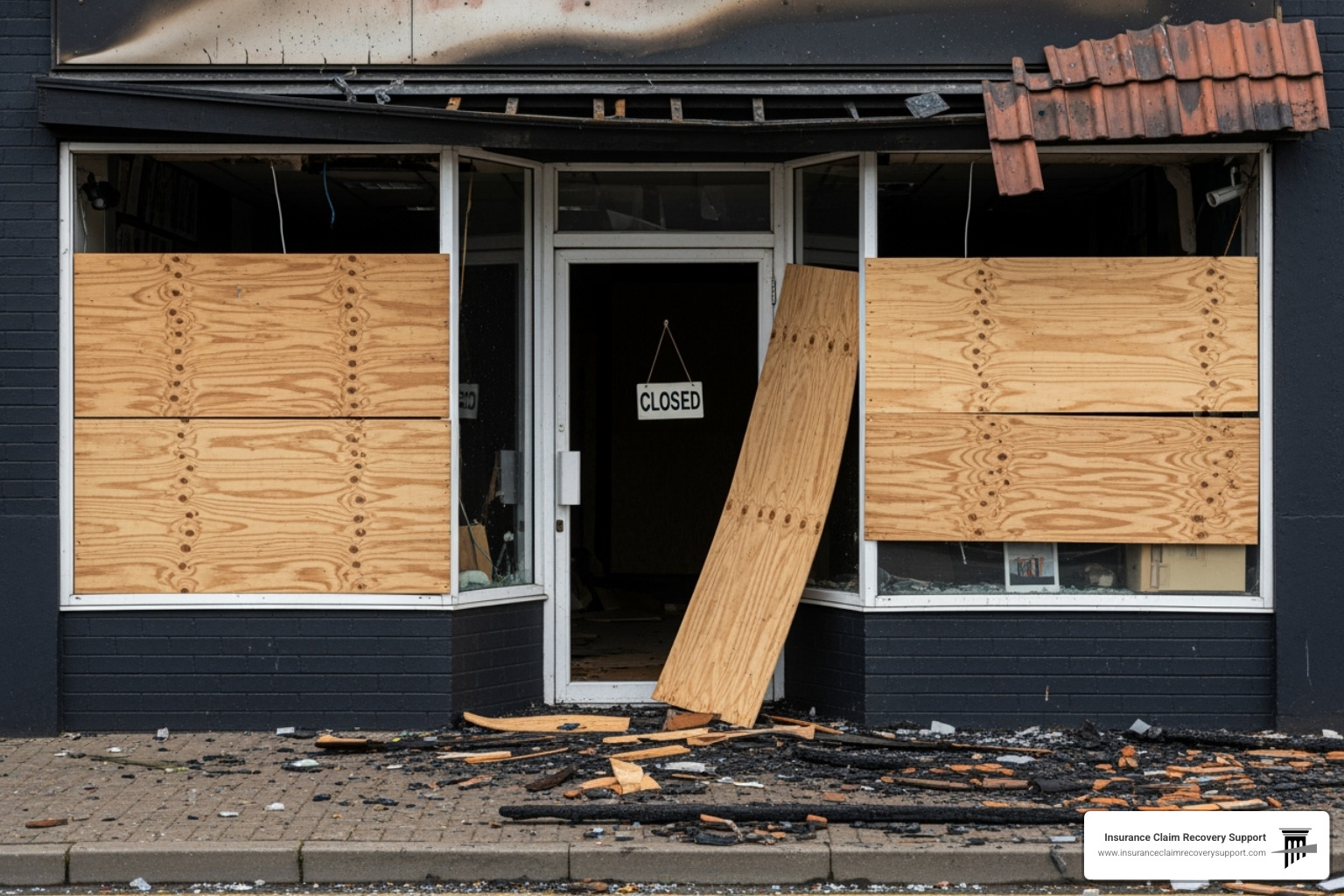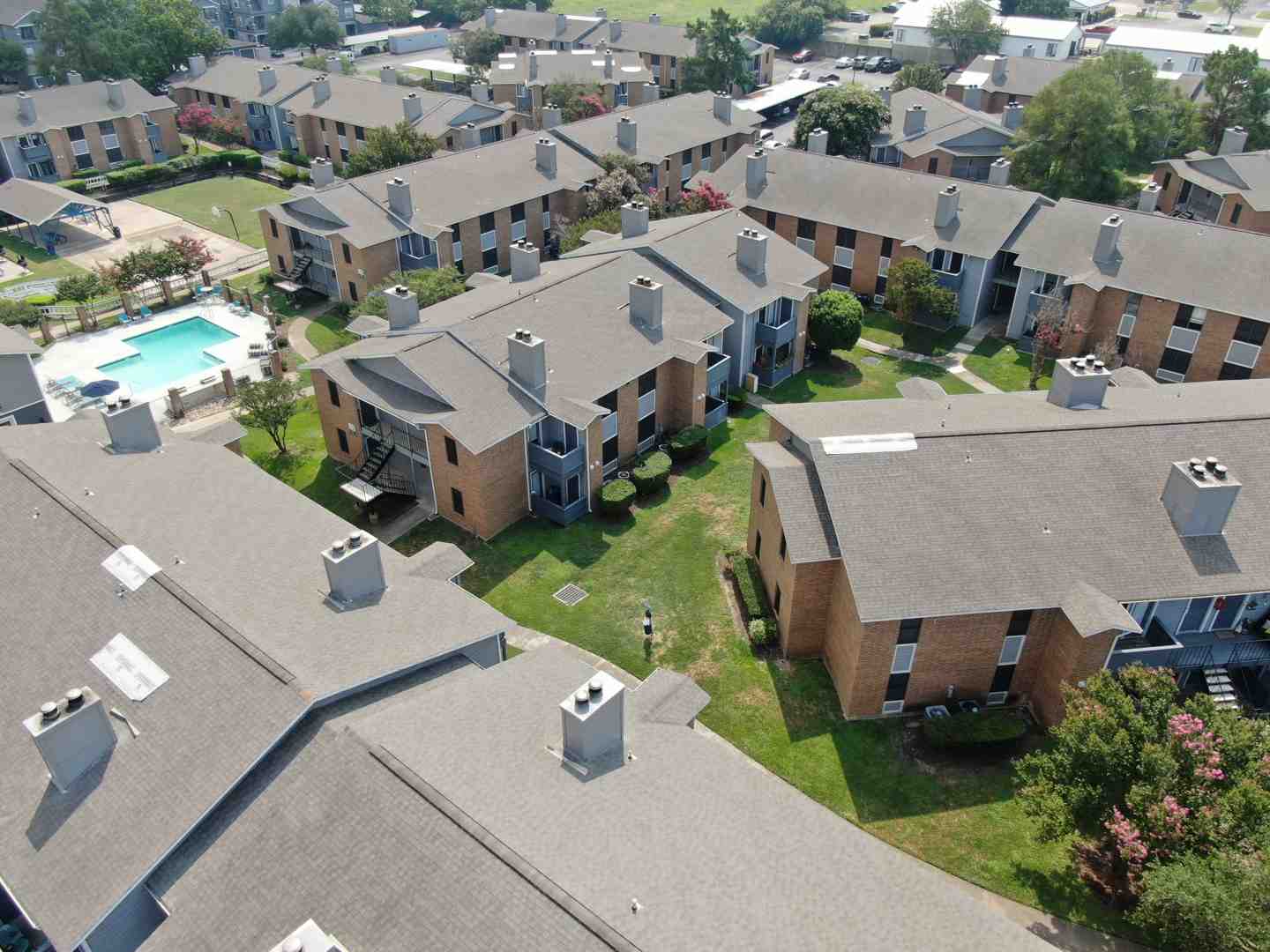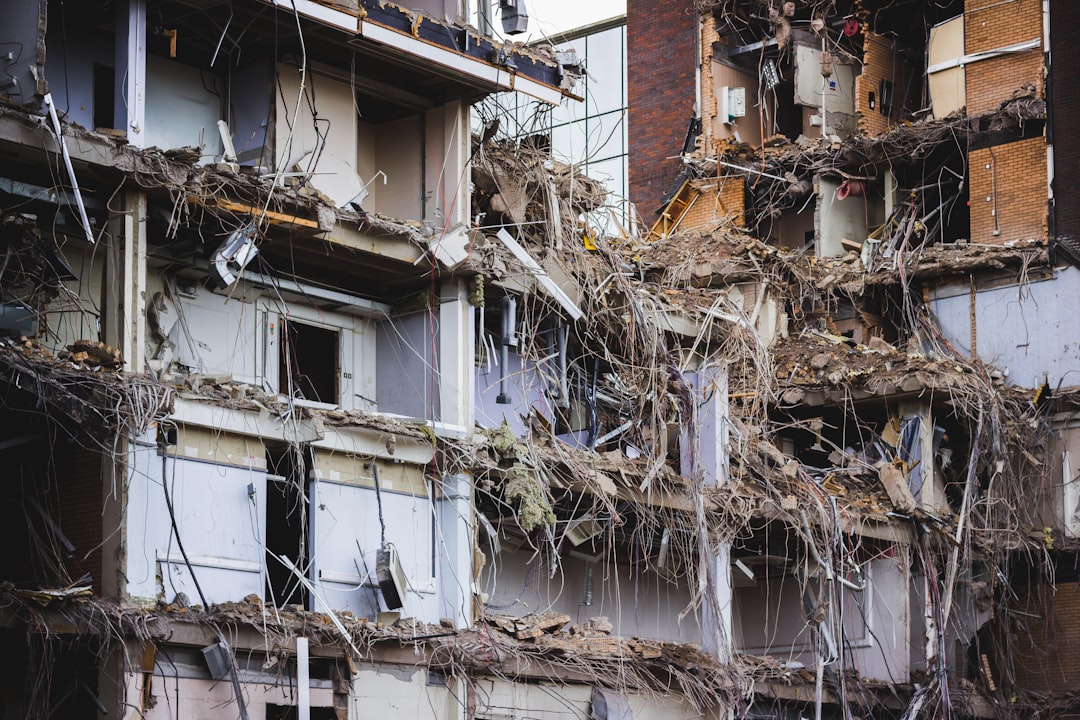San Antonio flood damage has long been a significant concern for residents and business owners in this vibrant Texas city. Nestled within the infamous “Flash Flood Alley,” San Antonio experiences intense rainfall events that lead to rapid and often destructive flooding. Several factors contribute to this persistent issue, including geographic features like the Balcones Escarpment, significant urbanization, and the looming threat of climate change, which predicts even more severe weather events.
To quickly understand the cause of San Antonio flood damage, consider these key points:
1. Geography: The Balcones Escarpment traps warm air masses, resulting in heavy rainfall.
2. Urbanization: An increase in impervious surfaces like roads and buildings heightens runoff.
3. Climate Change: Predictions highlight rising storm intensity and unexpected rainfall patterns.
Climate scientists and city planners increasingly emphasize preparedness as flash floods become more frequent and severe. Historical floods have been devastating, but lessons learned pave the way for improved flood management and prevention strategies today.
My name is Scott Friedson, and as a seasoned public adjuster with extensive experience handling San Antonio flood damage claims, I’ve helped numerous policyholders steer the complexities of filing insurance claims in flood-prone regions. My expertise ensures that individuals and businesses alike receive fair settlements, reflecting my commitment to fostering resilience and preparedness in our community.
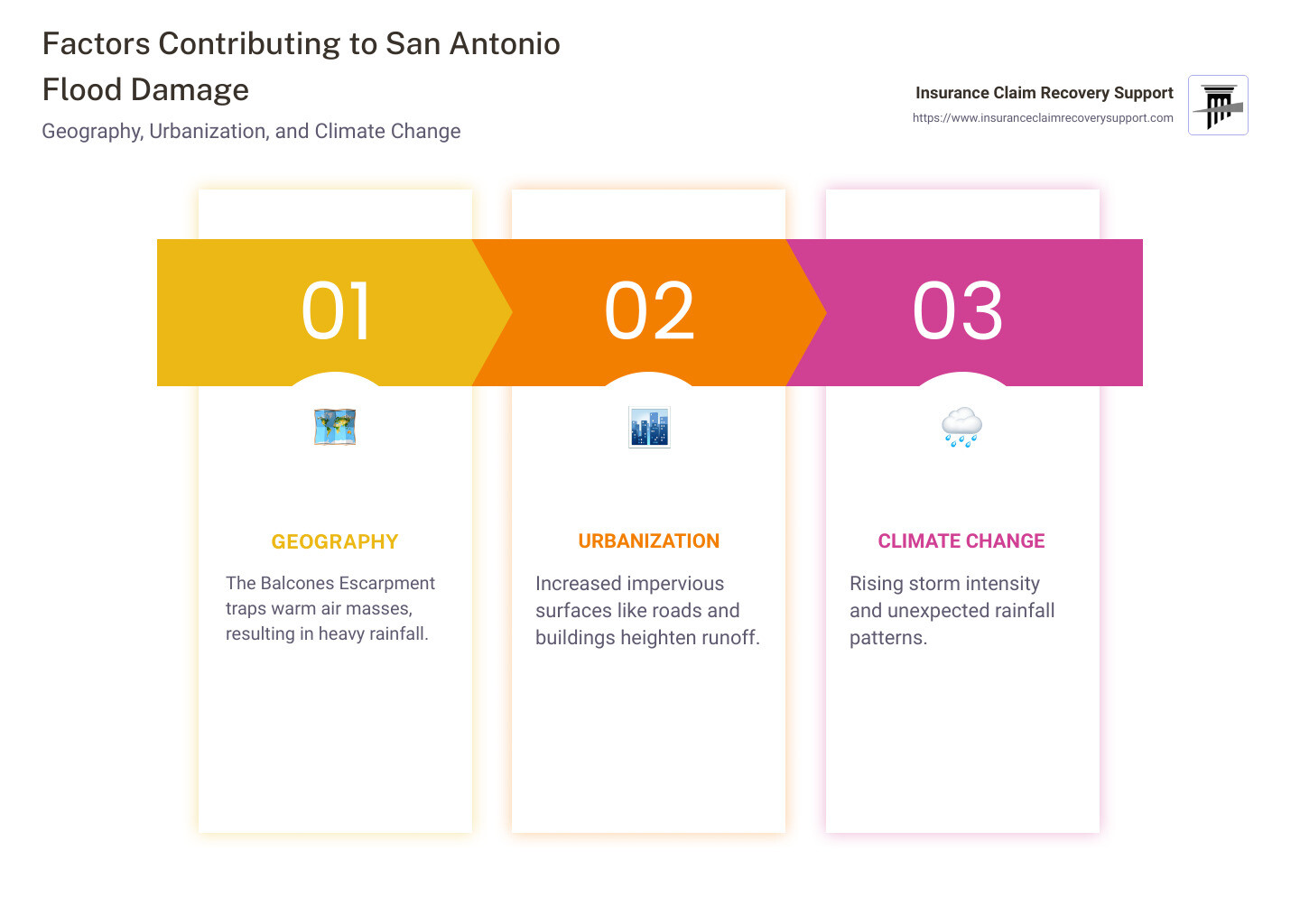
Historical Flood Events in San Antonio
San Antonio’s history with floods is long and complex, marked by several significant events that have shaped the city’s approach to flood management and preparedness.
The Great Flood of 1921
The Great Flood of 1921 stands out as one of the most devastating events in San Antonio’s flood history. A storm dumped an unparalleled amount of rainfall, leading to severe flooding throughout the city. Tragically, this event resulted in numerous fatalities and caused extensive property damage. The aftermath of the flood spurred the construction of the Olmos Dam, a critical infrastructure piece designed to prevent similar disasters. This flood also eventually led to the creation of the River Walk, transforming a tragedy into a beloved city feature.
The Flash Flood of 1998
Fast forward to 1998, when another catastrophic flood hit San Antonio. This time, a cold front combined with moisture from dissipating hurricanes led to record-breaking rainfall. Emergency services were stretched thin as they responded to countless rescue calls. Unfortunately, this flood resulted in multiple fatalities and significant property damage. The event highlighted the need for robust emergency response systems and better urban planning to mitigate future risks.
The Flash Flood of 2013
In 2013, San Antonio faced yet another severe flood, this time caused by intense thunderstorms. The city recorded some of its highest rainfall levels, leading to rapid rises in stream gauges and widespread road closures. The 2013 flood again resulted in fatalities and considerable property damage, underscoring the ongoing challenge of managing flash floods in such a flood-prone region.
These historical events have taught San Antonio crucial lessons in flood preparedness and response, emphasizing the importance of infrastructure, urban planning, and community awareness. Understanding past floods is vital for developing strategies to minimize the impact of future floods and protect lives and property.
Why San Antonio is Prone to Flooding
San Antonio is known for its frequent and severe flooding, largely due to its unique geography and climate, coupled with increasing urbanization.
Geography and Climate Factors
San Antonio’s location in Flash Flood Alley makes it particularly vulnerable to flooding. The city is situated near the Balcones Escarpment, a geological feature that exacerbates flooding. When warm, moist air masses move in from the Gulf of Mexico, they are trapped by this escarpment, leading to heavy rainfall events.
The terrain in this region is steep, with shallow soils and narrow river channels. This combination results in rapid runoff that can quickly overwhelm waterways. The runoff from these heavy rains is fast and erosive, leading to deep and destructive floodwaters. This is why flash floods in San Antonio can develop with little warning, creating hazardous conditions for residents.
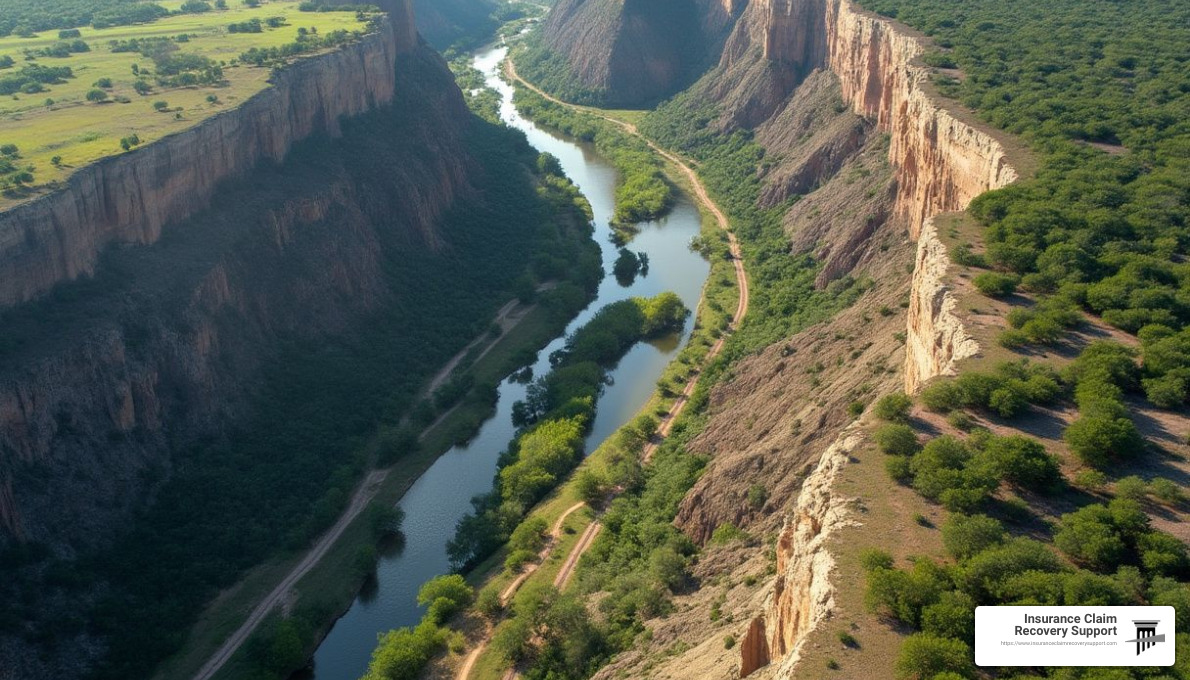
Urbanization and Its Impact
Urbanization in San Antonio has significantly increased the risk of flooding. As the city grows, more land is covered with concrete and asphalt, which are impervious surfaces that prevent water from soaking into the ground. Instead, rainwater becomes stormwater runoff, which quickly fills streets, parking lots, and drainage systems.
This urban flooding is a direct consequence of increased impervious cover. It can occur within minutes of a heavy rain event, turning roads into rivers and posing serious threats to life and property. The city’s rapid development has compounded these issues, making effective stormwater management more challenging.
The lessons from San Antonio’s flood history highlight the need for strategic urban planning and infrastructure improvements to manage flood risks. By understanding the geographical and urban factors that contribute to flooding, the city can better prepare and protect its residents from future flood damage.
The Role of Climate Change in Flooding
Climate change is reshaping the landscape of flooding in San Antonio. The evidence is mounting, and the predictions are clear: floods are becoming more frequent and intense.
Predictions and Evidence
A 2016 summary by the Environmental Protection Agency (EPA) outlines the impact of climate change on Texas. It foresees an increase in heavy storms, hurricane intensity, and inland flooding. The SA Climate Ready Report supports these findings, predicting more concentrated rainfall over shorter periods, raising the risk of severe flooding.
Extreme heat plays a role too. Warmer air holds more moisture, leading to extreme precipitation events. Researchers at UTSA (University of Texas at San Antonio) have projected that such events will become more common, increasing the likelihood of flash floods.
The devastation of Hurricane Harvey in 2017 serves as a stark reminder. It was one of the costliest disasters in U.S. history, causing catastrophic flooding in Texas. This event underscores the need for updated floodplain maps and comprehensive flood management strategies.
Preparing for Future Floods
To prepare for these challenges, San Antonio must focus on robust data and planning. This includes maintaining current hydraulic and hydrology information, as well as accurate rainfall data. Understanding land use changes through updated floodplain maps and watershed master plans is crucial.
Investing in these areas enables the city to anticipate and mitigate the impact of future floods. By staying informed and proactive, San Antonio can better protect its residents and infrastructure from the increasing threat of flooding.
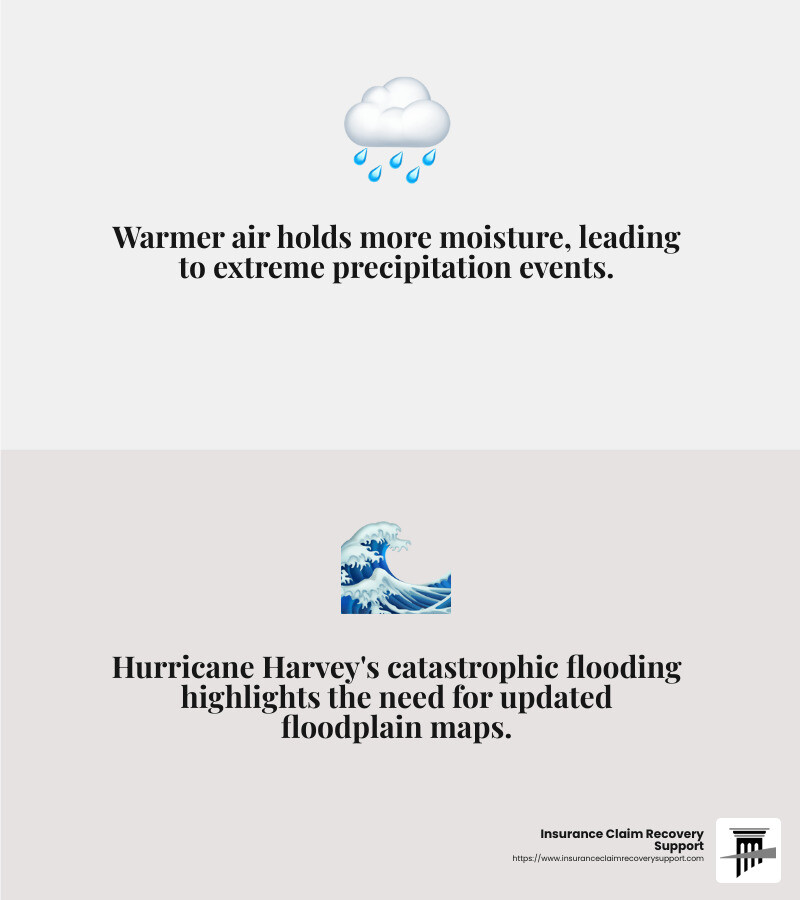
In the next section, we will discuss how to protect your property from flood damage, including assessing flood risk and preparing your family for potential flood events.
How to Protect Your Property from Flood Damage
Flooding is a significant concern in San Antonio, especially in flood-prone areas. Here’s how you can protect your property and ensure your family’s safety.
Assessing Flood Risk
Understanding your flood risk is the first step. Use the Floodplain Viewer and Risk MAP viewer to see the flood risk for your property. These tools, provided by the San Antonio River Authority, offer detailed maps that show the likelihood of flooding over a 30-year mortgage.
Knowing your flood risk helps you make informed decisions about flood protection and insurance.
Staying Informed and Alert
Stay ahead of floods with the right tools. Bexarflood.org provides real-time updates on road conditions and low-water crossings. You can subscribe to text or email alerts for specific areas you want to monitor.
For navigation during storms, WAZE and Google Maps are invaluable. They show low-water crossings and help you avoid flood-prone areas. This partnership with the River Authority ensures you have the latest data at your fingertips.
Purchasing Flood Insurance
Flood insurance is a must, even if you’re not in a high-risk zone. The FEMA National Flood Insurance Program offers policies that protect against flood damage. Most homeowner policies don’t cover floods, so this is an essential step to protect your property.
Preparing Your Family and Property
Preparation is key to minimizing flood damage. Create a family disaster plan that includes evacuation routes and a communication strategy. Compile a flood checklist with essentials like water, food, medications, and important documents.
For your property, consider flood-proofing measures such as installing sump pumps or elevating utilities. These steps can significantly reduce potential damage.
By assessing your flood risk, staying informed, purchasing insurance, and preparing your family, you can mitigate the impact of flooding on your life and property.
In the next section, we will address frequently asked questions about San Antonio flood damage, including what causes flash floods and how often they occur.
Frequently Asked Questions about San Antonio Flood Damage
What causes flash floods in San Antonio?
San Antonio is part of a region known as Flash Flood Alley. The city’s unique geography plays a big role. The Balcones Escarpment traps warm, moist air masses, leading to intense rainfall. This, combined with steep terrain and narrow river channels, causes water to rush downhill quickly. Urbanization adds to the problem, as concrete and asphalt prevent water from soaking into the ground, increasing runoff.
How often does San Antonio experience flooding?
Flooding in San Antonio is a frequent occurrence, especially during the rainy season. May is typically one of the rainiest months, but flash floods can happen any time there’s heavy rain. The city has a long history of significant flood events, including the devastating 1921 flood, the flash flood of 1998, and the flood of 2013. As climate change continues, the frequency and intensity of these events are expected to rise.
What can residents do to mitigate flood damage?
Residents can take several steps to reduce flood damage:
-
Stay Informed: Use resources like Bexarflood.org for real-time updates on road conditions and flood alerts.
-
Flood Insurance: Even if not in a high-risk zone, consider purchasing flood insurance through the National Flood Insurance Program. Most standard homeowner policies do not cover flood damage.
-
Property Protection: Implement flood-proofing measures such as installing sump pumps or elevating utilities. Use the Floodplain Viewer to assess flood risk for your property.
-
Family Preparedness: Develop a family disaster plan that includes evacuation routes and emergency contacts. Keep a flood checklist with essentials ready.
By taking these steps, residents can better protect their homes and loved ones from the impacts of flooding.
Conclusion
San Antonio’s long history with floods, from the devastating Great Flood of 1921 to more recent events like the 2013 flash floods, highlights the city’s vulnerability. Understanding this history is crucial for future preparedness and flood mitigation.
Insurance Claim Recovery Support LLC plays a vital role in helping residents and businesses steer the aftermath of San Antonio flood damage. By working with a public insurance adjuster, policyholders can ensure they receive the maximum settlement they deserve. This is especially important given the complex nature of flood insurance claims and the significant damage floods can cause.
Looking ahead, future preparedness is key. As climate change continues to influence weather patterns, the frequency and intensity of floods are expected to increase. To mitigate these risks, stay informed, invest in flood insurance, and take proactive measures to protect properties.
By learning from past floods and implementing robust flood mitigation strategies, San Antonio can better protect its communities. For those affected by flood damage, seeking professional assistance from firms like Insurance Claim Recovery Support LLC can make a significant difference in recovery efforts.
For more information on how we can help with flood damage recovery, visit our Flood Damage Recovery page.
Stay safe, stay prepared, and know that support is available when you need it most.


